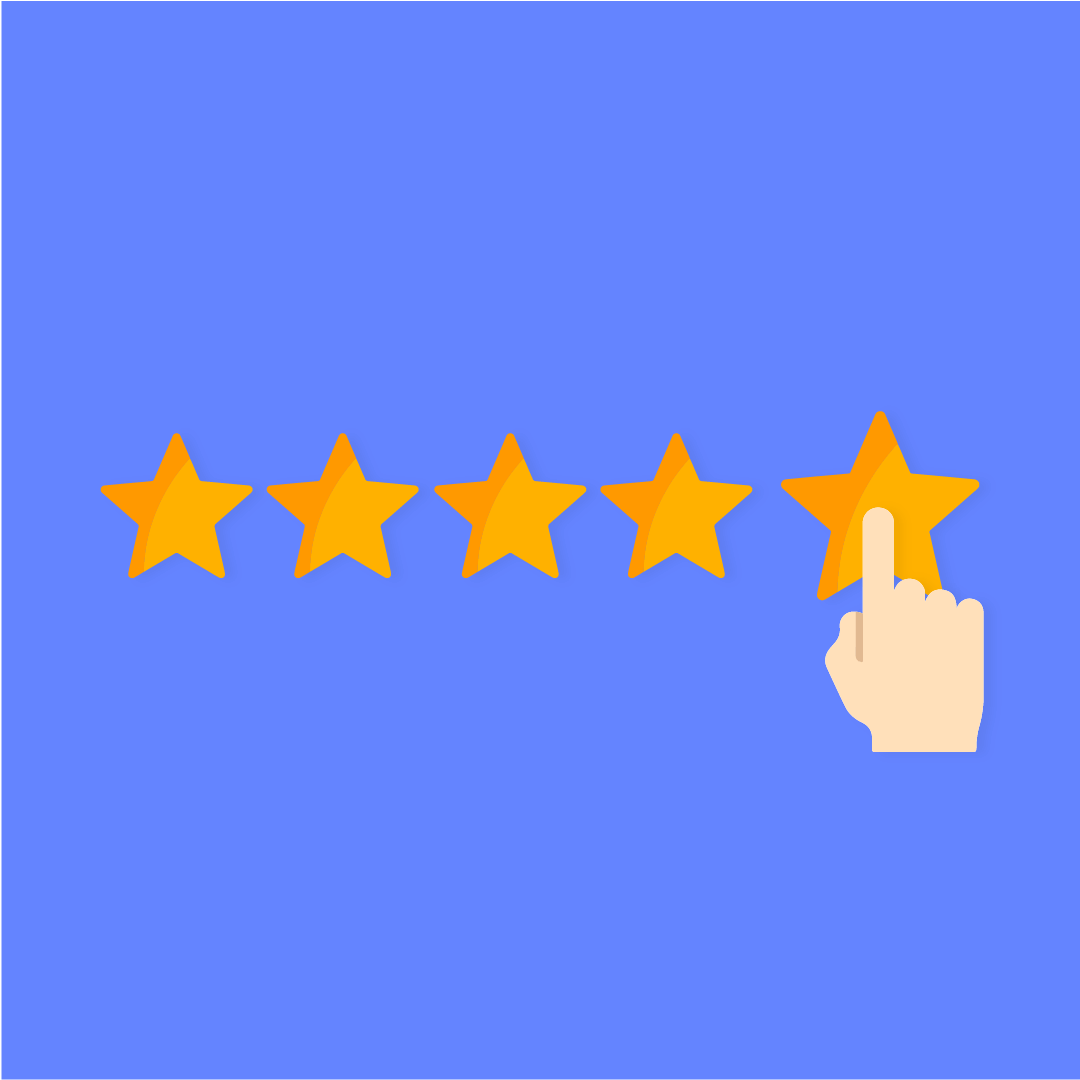What sets successful businesses apart in today’s competitive landscape? Their ability to build strong, long-lasting customer relationships is often vital. This is where a robust customer success program becomes crucial. It goes beyond providing support—it’s a fundamental part of a business strategy.
By prioritizing user satisfaction and loyalty, these programs drive business growth and significantly improve customer retention rates.

This article will explore three steps to assist you in creating a customer success program that delivers results and distinguishes your business from the competition.
1
Get Proactive on Customer Outreach
Proactively reaching out to your customers builds stronger relationships, reduces churn, and drives growth. Anticipate their needs, provide valuable insights, and show your commitment to their success.
Here’s how to engage effectively:
- Use Multiple Channels: Connect via email, SMS, social media, or in-app messages to stay accessible.
- Personalize Messages: Tailor communications to customer preferences and their stage in the journey.
- Automate Routine Tasks: Simplify welcome messages and surveys while maintaining a personal touch.
- Collaborate Across Teams: Share insights to deliver a seamless customer experience.
- Track and Improve: Monitor engagement and satisfaction to refine your approach.
Shifting from reactive to proactive outreach will boost customer satisfaction and foster business growth.
2
Create a Personal Connection
Building strong customer relationships is crucial for effective customer service. Personal connections foster trust, loyalty, and engagement, enhancing customers’ experiences and encouraging them to promote your brand.
Here are ways to personalize interactions:
- Utilize Customer Information: Understand their preferences and challenges for tailored solutions.
- Add a Personal Touch: Use their name to make communication feel genuine.
- Share Relevant Content: Provide articles or suggestions that match their interests.
- Celebrate Important Events: Recognize special occasions with personalized messages.
- Interact on Social Media: Engage with comments to strengthen relationships.
These actions can boost loyalty, repeat purchases, and positive word-of-mouth, turning satisfied customers into your best advocates.
3
Conduct Ongoing Service Evaluations
Regularly evaluating your customer success efforts is crucial for understanding customer needs and driving business growth. These reviews help identify what’s working and needs improvement, ultimately enhancing customer satisfaction.
Here are some evaluation methods:
- Surveys & Questionnaires: Utilize NPS and CSAT surveys following key interactions to gather customer feedback.
- Interviews and Focus Groups: Conduct discussions to gain insights into customer experiences and expectations.
- Monitor Customer Behavior: Track usage, support requests, and drop-off rates to spot trends and issues.
- Customer Success Software: Leverage analytics tools to monitor customer health and visualize key data.
By consistently reviewing your strategies, you can exceed expectations, foster loyalty, and drive long-term growth.
Final Insights on Developing a Winning Customer Success Program
SupportZebra provides a complete solution to enhance and simplify business customer success efforts. Companies can effectively improve customer interactions by utilizing our expertise and external resources. SupportZebra’s data-driven method is crucial in establishing clear customer success objectives, creating personalized customer journeys, and consistently enhancing performance through solid feedback and data analysis.
Our proficient team of English-speaking agents takes a proactive approach to customer engagement, reducing churn, increasing revenue, and delivering outstanding service that encourages long-term customer loyalty. Through partnering with SupportZebra, businesses can concentrate on their core strengths while enjoying a customized, high-quality customer success program tailored to their specific requirements.
